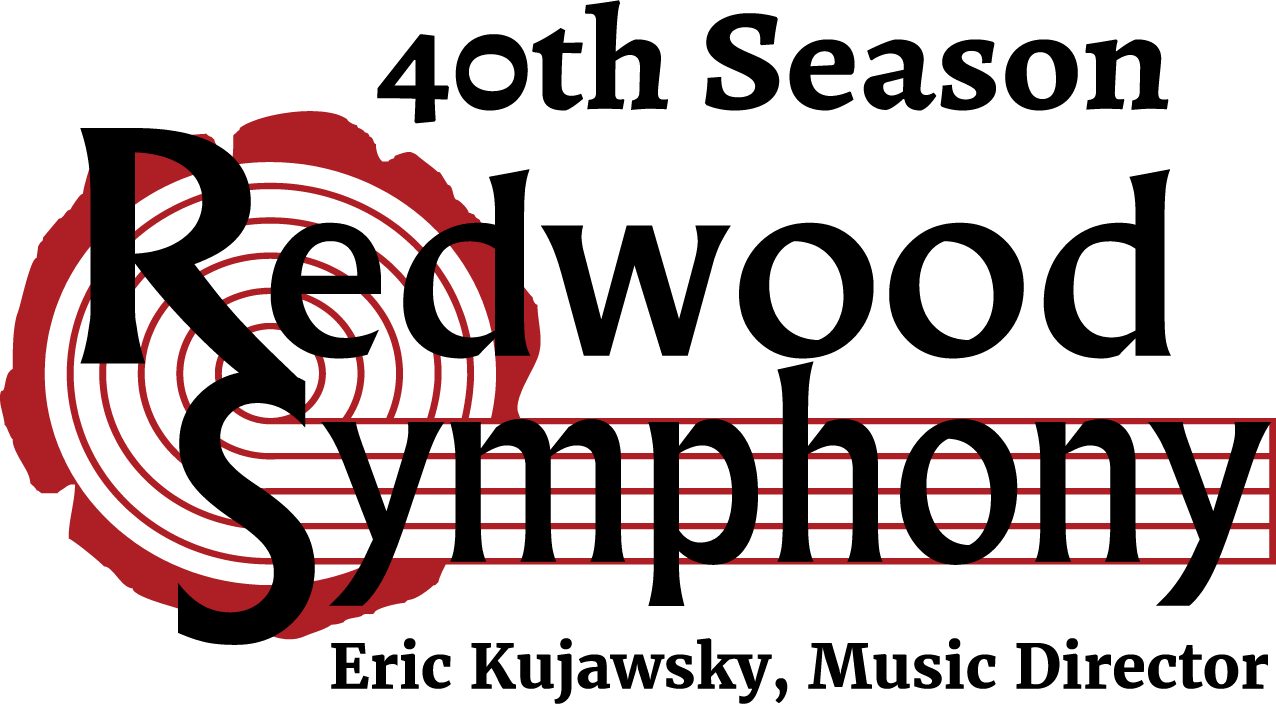Johannes Brahms
Violin Concerto
Joseph Joachim was one of the premiere violinists of the 19th century, and was associated with many of the great musicians of his time. He studied with Joseph Böhm and Miska Hauser, and when Joachim was twelve Felix Mendelssohn took the boy under his wing and arranged for him to study composition with the great violinist Ferdinand David. Joachim also served as concertmaster to the Weimar orchestra under Franz Liszt. But it was his friendship with Johannes Brahms that was the strongest throughout his life, both musically and personally.
When Brahms met Joachim in 1853, both were just beginning their musical careers. While Brahms was eager to find ways to achieve recognition away from the shadow of Beethoven, he did not approve of the new music espoused by Liszt and Robert Wagner. Brahms soon learned that Joachim shared his sympathies, and together they wrote a letter to Liszt expressing their disapproval of such music. Their letter, while not deterring Liszt, both cemented their friendship and served to polarize musical debate in Europe for decades to come as a struggle between the “Brahms” and “Wagner” camps. Meanwhile, Brahms toured as Joachim’s pianist in the 1860s, and the two kept up a frequent correspondence.
In the summer of 1878, after the successful premiere of his second symphony, Brahms returned to his favorite spot for composition, the town of Pörtsach on the Worther-see (Lake Worther) in Austria. Here he began writing a violin concerto for his friend. Brahms sent the solo violin part to Joachim to review, asking him to make corrections “or perhaps mark the music: difficult, awkward, impossible, etc.” Joachim responded with enthusiasm and Brahms took many of his suggestions. By the time the two premiered the work in Leipzig on New Year’s Day 1879, Brahms had also incorporated Joachim’s fingerings, bowings and first-movement cadenza.
Critical response was conflicting; one critic later recalled that the first movement was too ‘modern’ for the audience, but that they appreciated the second and third movements, while others did not care for any of it. But everyone agreed that the violin part was extremely difficult . In later years, conductor Hans von Bülow called it “a concerto against the violin,” while violinist Bronislaw Huberman described it as “a concerto for violin against orchestra–and the violin wins!” Even Joachim, who did not really master the piece until after performing it several times that year, acknowledged its difficulty, saying “One enjoys getting hot fingers playing it, because it’s worth it!”
Brahms originally conceived of the piece in four movements, but later discarded the fourth movement (keeping it for his second piano concerto, which he was also working on at the time). It is still a large work, however, and as Huberman notes, does set the violin and orchestra somewhat in opposition with each other. The Allegro non troppo introduces the main D-major theme with an extended opening orchestral section. The violin does not even take up the theme until after some showy, flowing display over a timpani roll. The soloist then introduces the more introspective second theme, in C-major. This movement, the longest of the work, allows the soloist to display beautifully florid, expressive lines, requiring consummate skill but never simply for the sake of showing off. The soloist does take flight in a cadenza near the end.
The second movement, Adagio, opens with a beautiful solo line for oboe that violinist Pablo Sarasate once complained required the soloist to “listen, violin in hand, to how the oboe plays the only melody in the whole piece.” True enough, the soloist plays variations upon this line or reacts to it, rather than repeating it. The lyrical F-major theme is contrasted with a more restive F-sharp minor central section.
The finale, Allegro giocoso, features a sprightly double-stopped melody with a gypsy-based rhythm. The ‘Hungarian’ style – quite popular in Brahms’s time – was most likely a tribute to Joachim’s background, as he was born in what is now Bratislava in the Czech Republic. The movement comes to an energetic close with a long, dramatic coda shared between the orchestra and soloist.
And what of the friendship between Joachim and Brahms? It nearly came to an end in 1881 when Joachim, a notoriously jealous husband, accused his wife, mezzo-soprano Amalie Weiss, of adultery with his publisher. Brahms wrote Weiss that he knew Joachim was being unreasonable, and when the letter was made public during the couple’s divorce, Joachim refused to speak to Brahms for six years. But Brahms held out the olive branch by composing a double concerto for violin and cello for his friend, and the two were reunited musically. Music had brought them together, after all, and Brahms’s music became their friendship’s gift to the world.
